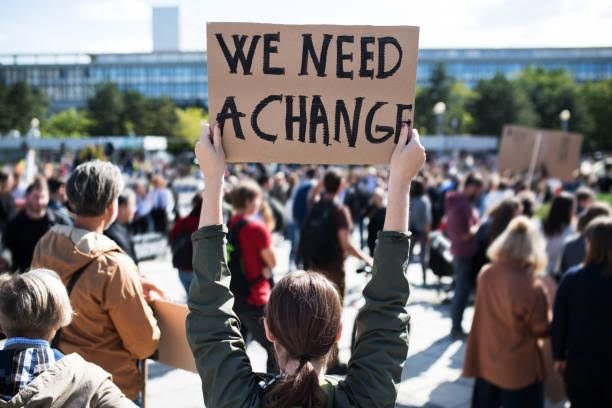
Fakih Fadilah Muttaqin
In recent days, thousands of students have taken to the streets to oppose government policies they believe fail to serve the people’s interests. Once again, city centers are filled with banners, chants, and fiery speeches. This phenomenon is a reminder that Indonesia’s democratic space remains alive, animated by young people unafraid to voice their concerns. Yet behind the vigor of these demonstrations lies a fundamental question: is it enough to spend so much energy merely blaming the government? Can slogans and posters alone address the nation’s pressing challenges—limited job opportunities, food insecurity, and persistent inequality?
Criticism is important. It signals society’s vigilance toward the state. But if demonstrations stop at anger, without producing fresh ideas, the nation risks repeating the same cycle. What Indonesia needs is a form of protest that not only shouts but also builds—a new style of demonstration. Jurgen Habermas, in his concept of the public sphere, reminds us that civil society is not only entitled to speak out but also obliged to contribute ideas. Zygmunt Bauman’s notion of liquid modernity further illustrates that today’s world is fast-changing and unpredictable, making rigid modes of protest less relevant. What we require are demonstrations that adapt, innovate, and inspire hope.
A new style of demonstration does not mean eliminating street protests. Rather, it expands their meaning. Demonstrations remain legitimate, but they can also take the form of research initiatives, economic movements, social empowerment projects, or creative innovations. Instead of only demanding jobs, why not establish community-based training centers? Instead of merely calling for agrarian reform, why not develop digital cooperatives that connect farmers directly with markets? These acts are demonstrations in their own right—just as loud as chants on the streets, yet far more constructive.
In this regard, the Islamic World Development Network (IWDN) offers a concrete model. Rather than waving the flag of resistance alone, IWDN advances a vision of constructive demonstration. It houses a range of bodies and institutions working in strategic fields: a research and technology body, an agency for creative economy empowerment, a women’s empowerment body, an international student research and study institute, and an integrated agribusiness education and training center. Through these mechanisms, IWDN engages not only in discourse but also in action—producing research, fostering innovation, promoting economic empowerment, and advancing academic diplomacy. These initiatives are demonstrations that generate solutions: creating jobs, optimizing local resources, and positioning Indonesia as a global contributor.
Manuel Castells once argued that new social movements cannot be sustained by anger alone; they must transform into networks of hope. This is the essence of the new style of demonstration: converting the energy of protest into productive energy. There is much to learn from today’s students. Their criticism is valid, but even greater is the act of coupling critique with concrete work. Indonesia needs a generation not only brave enough to protest, but also brave enough to build.
The new style of demonstration is not the end of protest—it is its transformation. It acknowledges the necessity of critique but turns it into fuel for innovation. This nation is rich in potential. Our responsibility is to turn that potential into solutions for our greatest challenges: employment, food security, and social empowerment. Demonstration in this new sense is the path forward. Indonesia will grow stronger when protests are not merely echoes of anger, but beacons of hope. And IWDN stands as proof that such a path exists—demonstrations that conduct research, empower economies, strengthen women, and connect Indonesia to the world.